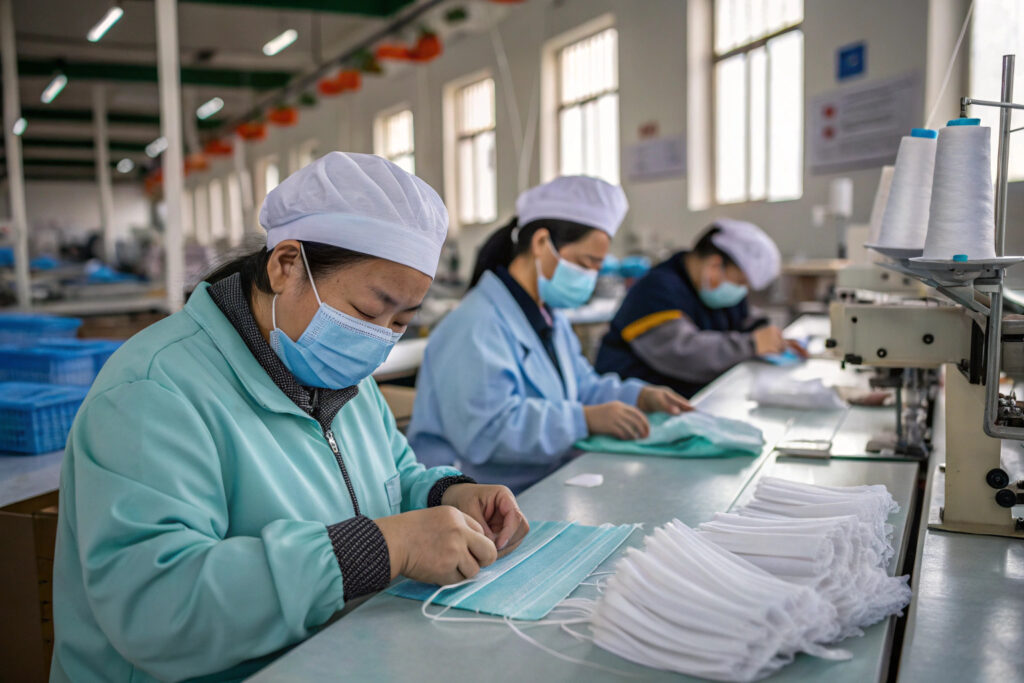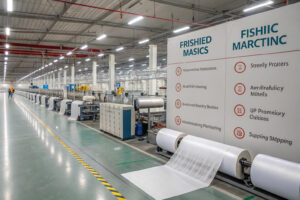Reusable face coverings have become essential across the globe, but comfort and fit remain top concerns for buyers. Many users face issues with masks that feel too tight, irritate the skin, or lose shape after washing. These pain points not only discourage daily use but also impact consumer satisfaction and brand loyalty.
Stretch fabrics solve these problems by providing a better fit, improved comfort, and longer-lasting wearability. Unlike rigid textiles, elastic materials adapt to different face shapes, offering a secure yet gentle hold. They reduce pressure on ears, improve breathability, and resist deformation even after repeated washing.
As a supplier deeply rooted in China’s textile hub, I have seen firsthand how stretch fabrics transformed reusable face coverings from a necessity into a reliable lifestyle product. Let’s explore in detail why stretch fabrics are shaping the future of sustainable and comfortable face mask design.
Why Is Stretch Fabric Important for Face Mask Comfort?
Stretch fabric plays a crucial role in comfort because it adapts to the natural movements of the face. A non-stretch fabric might feel stiff, causing constant readjustment, while elastic textiles contour smoothly around the cheeks and chin. This adaptability is especially important for buyers who wear masks for long periods.
Stretch fabrics ensure the mask stays in place without being overly restrictive. They prevent air leakage at the edges and minimize discomfort around pressure points. In addition, their softness makes them gentle on sensitive skin, reducing irritation compared to stiffer alternatives.
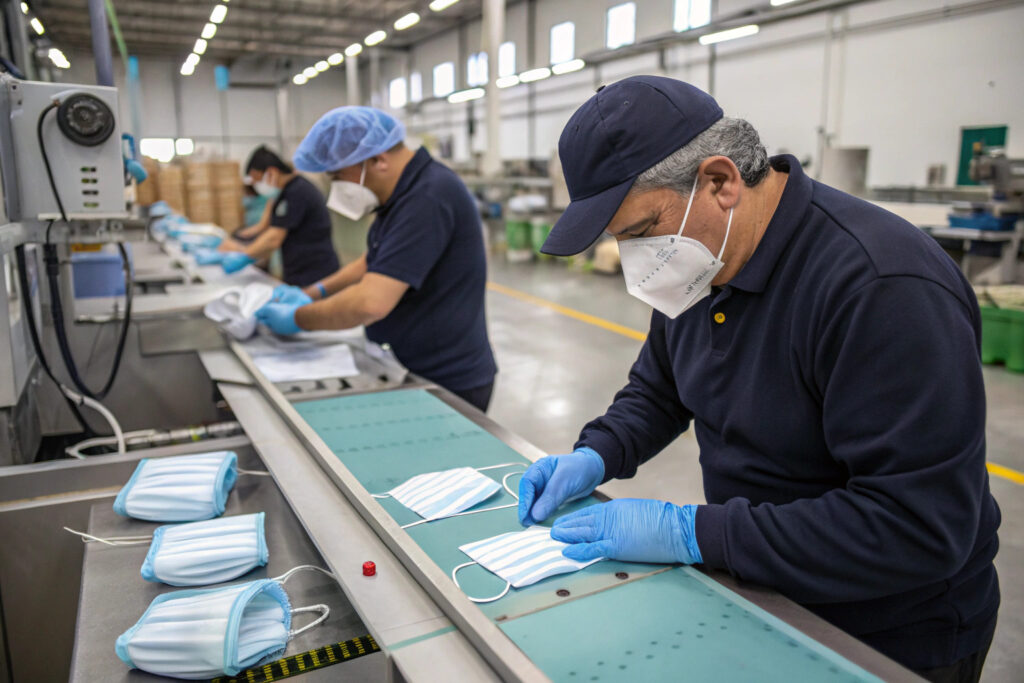
How Do Stretch Fabrics Reduce Ear Pain?
One of the most common complaints about reusable masks is ear strain from tight elastic loops. By integrating stretch fabrics into the body of the mask or adjustable straps, pressure is evenly distributed. For example, many suppliers use spandex blends that flex without snapping, unlike traditional cotton-only straps. According to Healthline, flexible ear loops significantly improve long-term comfort. Additionally, brands often pair stretch fabrics with ear savers or toggles, as suggested by CDC guidelines, to further reduce tension.
Why Do Stretch Fabrics Improve Breathability?
Breathability is not only about airflow but also about how the material moves with every breath. Stretch fabrics expand slightly during inhalation and contract during exhalation, making breathing feel more natural. This flexibility allows for a lighter structure without compromising coverage. Studies on polyester-spandex blends by Textile World show that elastic fabrics maintain porosity better than rigid cotton weaves. Furthermore, Verywell Health highlights how breathable masks encourage compliance in long-term use, especially in workplace settings.
Do Stretch Fabrics Increase Mask Durability?
Durability is another key reason why stretch fabrics are preferred in reusable masks. Buyers expect their investments to last multiple washes without losing function. Non-stretch cotton often shrinks or warps, while elastic fabrics rebound to their original form, ensuring consistent fit.
Stretch fabrics extend the life of a reusable mask by maintaining shape, elasticity, and softness even after dozens of washes. This reduces waste and strengthens the eco-friendly appeal of fabric masks.
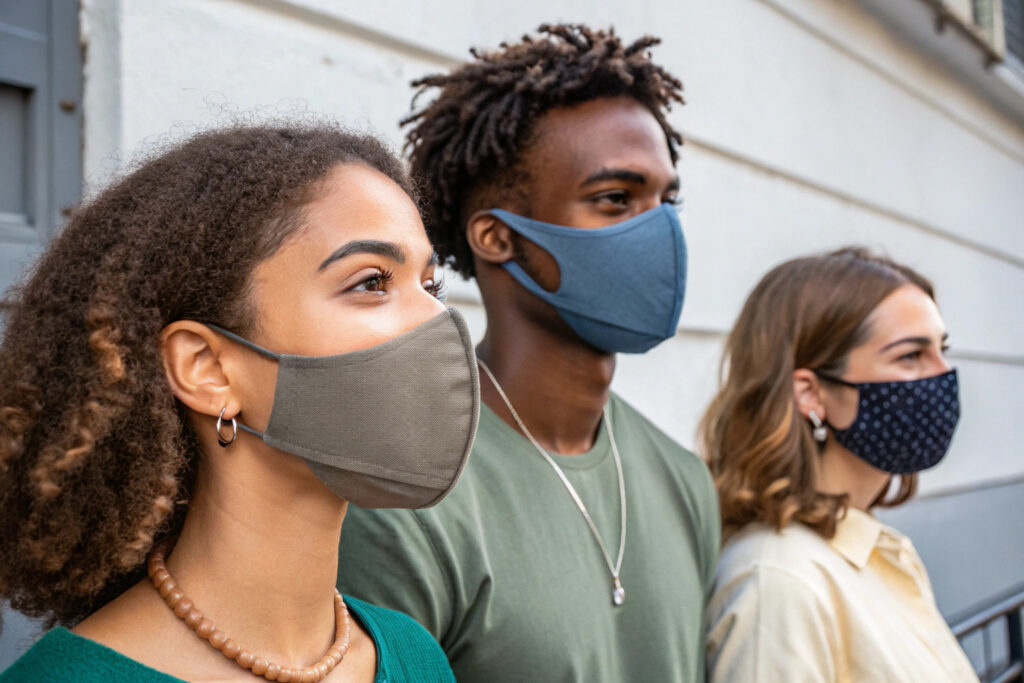
How Do Stretch Fabrics Resist Shrinkage?
Cotton masks are prone to shrinkage, especially under hot water sanitization. By blending with elastane or spandex, manufacturers create fabrics that resist deformation. According to American Textile Manufacturers Institute, spandex fibers can stretch over 500% of their original length and return to shape. When combined with cotton, the fabric becomes both resilient and comfortable. Buyers on Alibaba often seek these blends for long-term cost savings.
Why Do Stretch Fabrics Withstand Frequent Washing?
Hygiene requires that masks be washed often. Stretch fabrics withstand frequent laundering without losing elasticity, which is critical for consumer trust. ScienceDirect published research showing that elastane-blended fabrics retained elasticity up to 50 wash cycles. Moreover, sourcing fabrics with anti-pilling treatments from platforms like Fibre2Fashion ensures smooth surfaces even after repeated cleaning.
How Do Stretch Fabrics Enhance Fit for Different Face Shapes?
Every face shape is unique, and mask buyers often complain about poor fit. Stretch fabrics naturally contour around different facial structures, creating a universal fit without requiring complex tailoring. This is especially beneficial for bulk buyers supplying diverse populations.
Elasticity helps close gaps around the nose and chin, ensuring better filtration while preserving comfort. This adaptability reduces the need for multiple sizes and simplifies logistics for distributors.
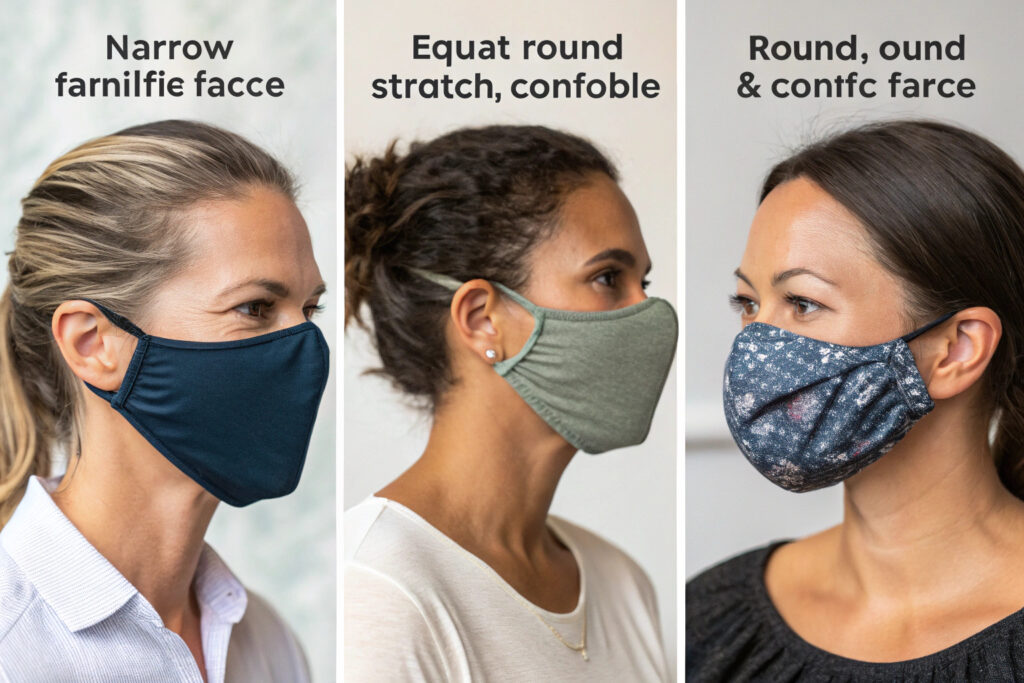
Why Are Stretch Fabrics Better for Kids’ Masks?
Children have smaller, more delicate facial structures, which make rigid fabrics uncomfortable. Stretch fabrics solve this issue by offering a snug, flexible fit that adjusts as kids move and talk. According to KidsHealth, comfort is a decisive factor in whether children wear masks consistently. Sourcing elastic fabrics from suppliers like Made-in-China ensures both safety and affordability for large-scale school programs.
How Do Stretch Fabrics Help With Gender-Neutral Designs?
Different genders may prefer varying mask sizes, but stretch fabrics simplify this with one-size-fits-most solutions. This feature is crucial for buyers in fashion and retail who prioritize streamlined inventory. According to Vogue Business, gender-neutral accessories are a growing trend. Additionally, WWD reports that flexible sizing appeals to global e-commerce buyers looking for universal SKUs.
Are Stretch Fabrics More Sustainable for Reusable Masks?
Sustainability has become a driving factor in buyer decisions, especially in the U.S. and Europe. Stretch fabrics contribute by extending the usable life of each mask, which reduces replacement frequency and lowers environmental waste.
By lasting longer and resisting damage, stretch fabrics help brands align with green initiatives while satisfying eco-conscious buyers.
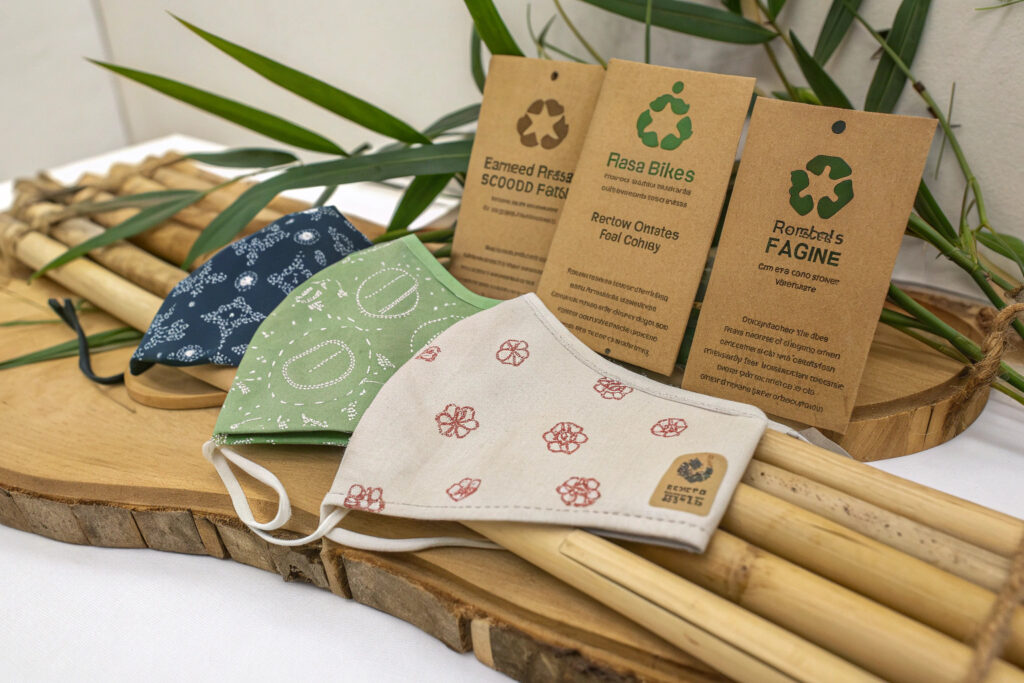
How Do Stretch Fabrics Reduce Waste?
Every time a mask lasts longer, fewer resources are used in production and shipping. Stretch fabrics prevent premature disposal, which aligns with sustainability goals set by organizations like UN SDGs. Buyers increasingly prioritize suppliers who demonstrate eco-friendly practices, as tracked by Eco-Business.
Are There Eco-Friendly Stretch Fabric Options?
Yes, textile innovations now include recycled spandex and elastane blends. According to Textile Exchange, recycled fibers cut carbon footprints while retaining elasticity. Platforms such as Global Sources showcase suppliers integrating eco-friendly stretch fabrics into bulk production, offering cost-effective and sustainable solutions.
Conclusion
Stretch fabrics have redefined reusable face coverings by improving comfort, durability, and fit across different user groups. They enhance breathability, reduce ear strain, and support eco-friendly goals, making them a must-have for modern buyers.
If you are ready to co-develop your own line of stretch fabric reusable masks, we at Shanghai Fumao are here to support you. Contact our Business Director Elaine at elaine@fumaoclothing.com to discuss customization, bulk production, and logistics solutions tailored to your business needs.

